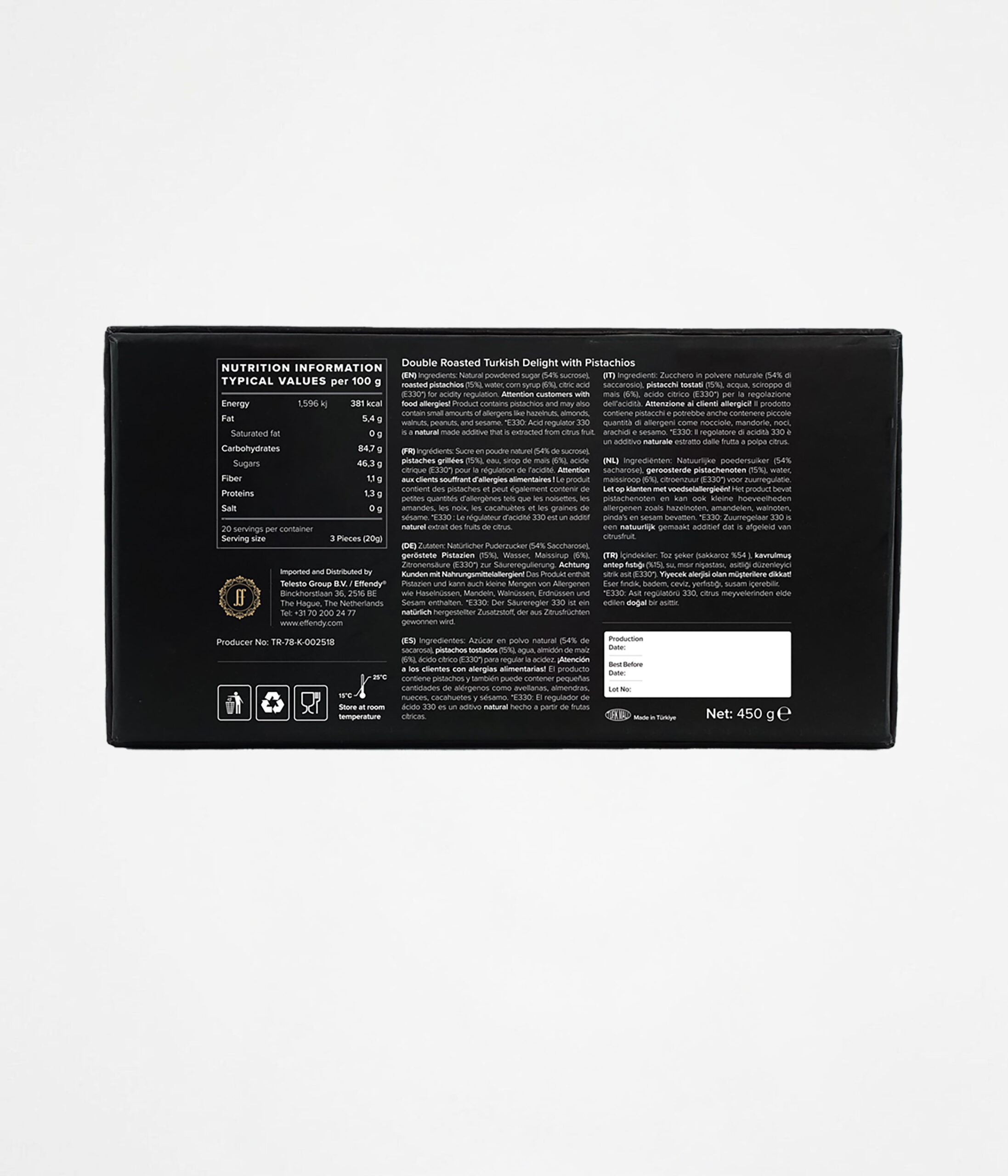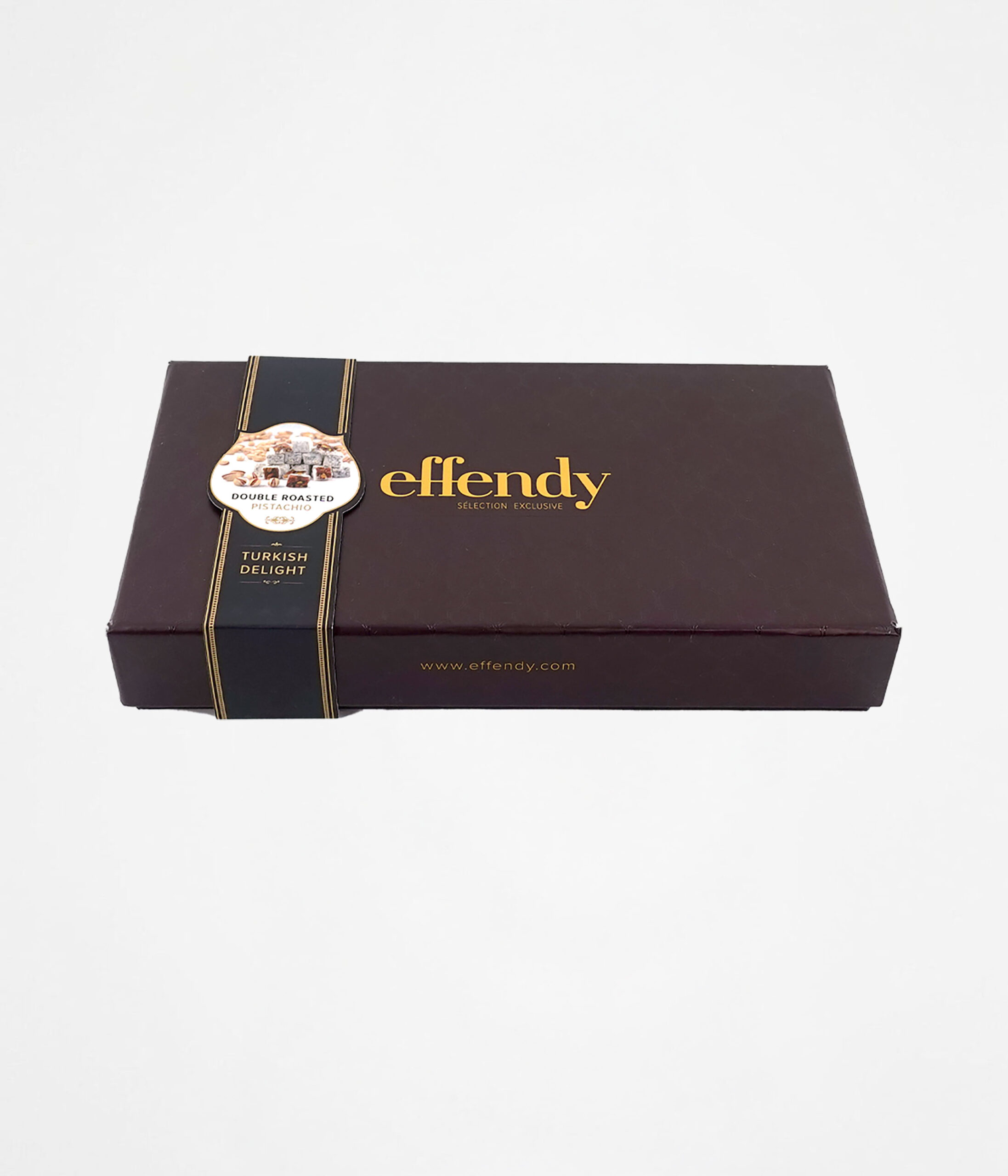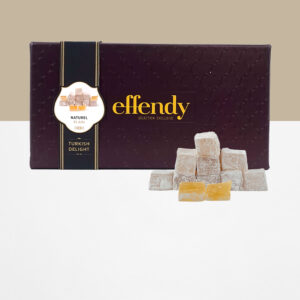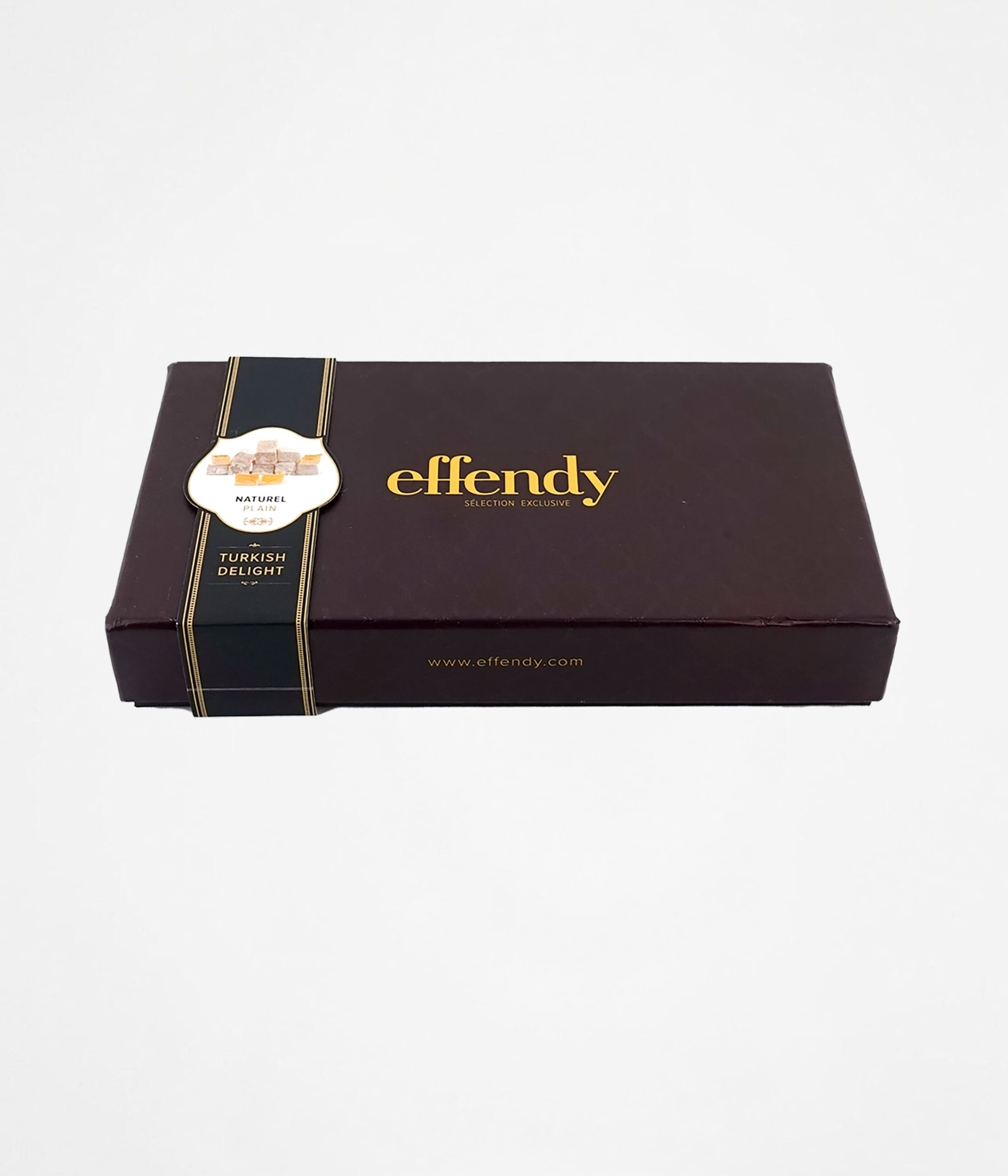The Origins of Turkish Delight
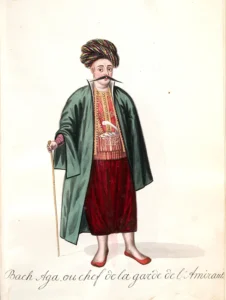 Few confections carry the mystique and heritage of Turkish Delight, or Lokum. Dating back to the 18th-century Ottoman Empire, this delicate sweet was far more than a simple indulgence—it was a sign of hospitality, luxury, and tradition. Created to please the refined palates of Ottoman sultans and their guests, its soft, chewy texture and balanced sweetness made it one of the empire’s most cherished delicacies. The secret to its texture, a mystery that has puzzled European confectioners for centuries, lies in an ingredient known as ‘nisasta’ (starch).
Few confections carry the mystique and heritage of Turkish Delight, or Lokum. Dating back to the 18th-century Ottoman Empire, this delicate sweet was far more than a simple indulgence—it was a sign of hospitality, luxury, and tradition. Created to please the refined palates of Ottoman sultans and their guests, its soft, chewy texture and balanced sweetness made it one of the empire’s most cherished delicacies. The secret to its texture, a mystery that has puzzled European confectioners for centuries, lies in an ingredient known as ‘nisasta’ (starch).
Unlike Western sweets that rely on gelatin or heavy sugars to create firmness, Ottoman confectioners discovered that slow-cooked starch binds with sugar in a way that produces a uniquely soft yet structured texture. It is this technique that makes Turkish Delight melt delicately in the mouth without becoming sticky or overly dense. For generations, European pastry chefs attempted to replicate the recipe but failed to achieve the same light and silky consistency. The key, beyond the nisasta, was the meticulous handcrafting process, a tradition that Effendy proudly continues today.



 The Journey of Coffee to Europe
The Journey of Coffee to Europe  The Forbidden Brew
The Forbidden Brew  The Ottoman Secret Behind Turkish Delight
The Ottoman Secret Behind Turkish Delight 




